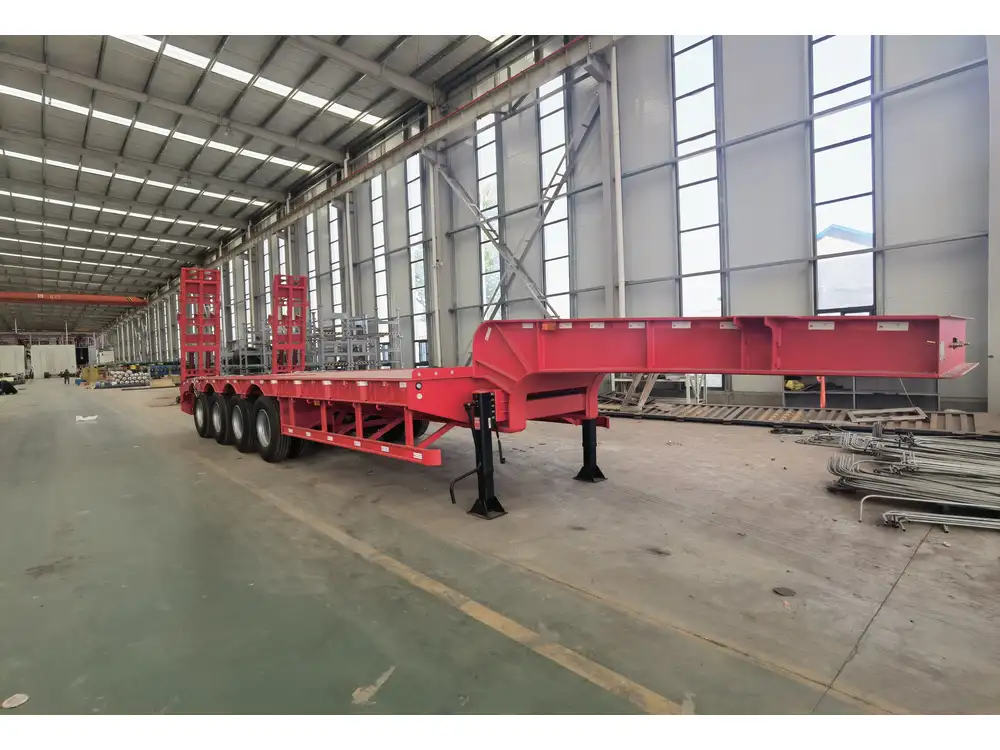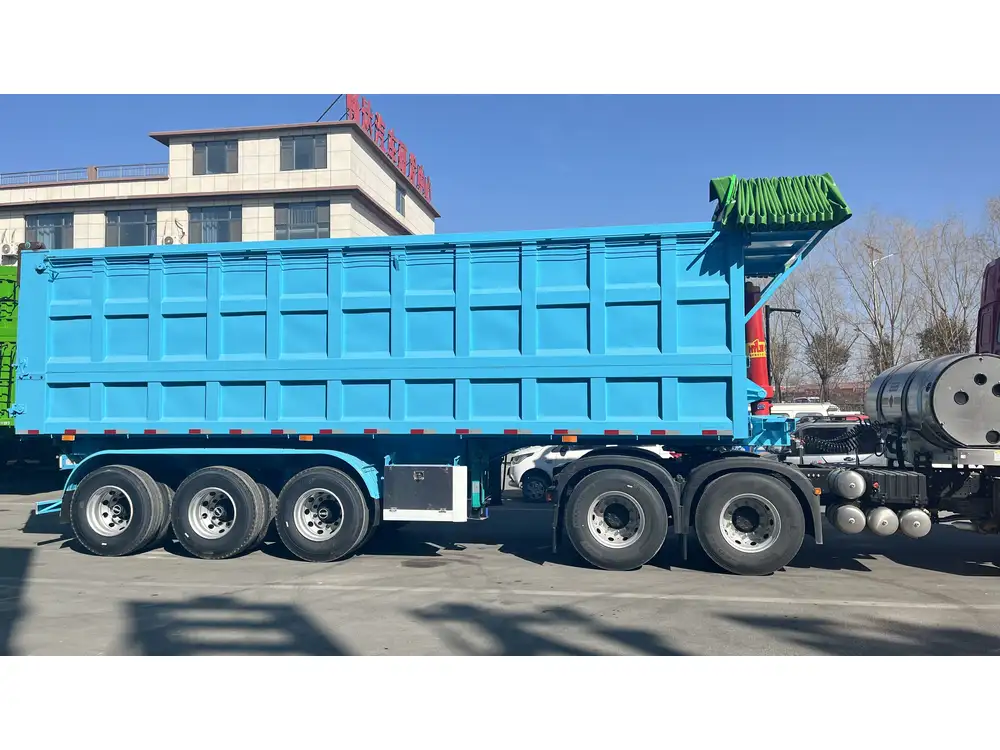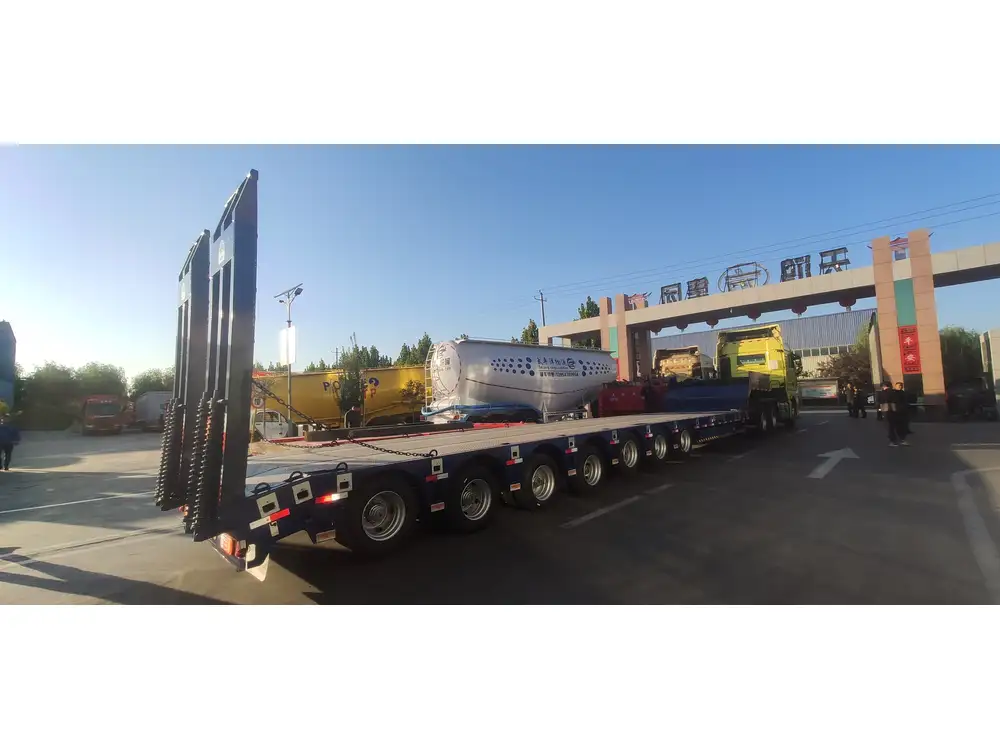Introduction to Semi-Tractor Trailer Height
When navigating the complexities of logistics and transportation, understanding the dimensions of semi-trailer trucks, particularly their height, is crucial. This knowledge not only ensures compliance with regulatory standards but also facilitates efficient routing and delivery of goods. The average height of a semi-tractor trailer typically ranges from 13.5 to 14.5 feet (approximately 4.1 to 4.4 meters), but exact measurements can vary by manufacturer and specific configuration. This variability raises pertinent questions regarding bridge clearance and the potential for accidents.
Importance of Measuring Height
The height of a semi-tractor trailer is significant for several reasons:
- Safety: Ensuring that the vehicle can clear bridges and overpasses without causing accidents.
- Compliance: Adhering to state and federal regulations that govern trailer heights.
- Routing Efficiency: Planning routes that avoid low-hanging obstacles.

Key Factors Influencing Semi-Tractor Trailer Height
1. Manufacturer Specifications
Different manufacturers produce semi-trailers with varying designs intended for specific purposes. This often results in different heights based on:
| Manufacturer | Standard Height Range | Notes |
|---|---|---|
| Manufacturer A | 13.5 to 14 ft | Common for dry vans |
| Manufacturer B | 14 to 14.5 ft | Often used for refrigerated trailers |
| Manufacturer C | 12.5 to 14 ft | Custom trailers for specialized cargo |
2. Load Type and Equipment
The height can also be influenced by the load being transported. For instance, flatbed trailers carrying tall cargo may exceed standard height limits. Adjustments for equipment like lift gates and tarps can further affect overall height.

3. Tire Size
Tire specifications play a pivotal role in the overall height of a trailer. Larger tires can increase the height, impacting the clearance under bridges. Regular inspection and maintenance of tire conditions are crucial for maintaining optimal height regulations.
4. Suspension System
Different suspension systems can alter the height of a semi-trailer. For example, air suspension systems can sometimes be adjusted, which affects the height when the trailer is either loaded or unloaded.
Bridge Clearance Regulations

Understanding DOT Regulations
The Department of Transportation (DOT) specifies maximum height limits for vehicles, which typically do not exceed 13 feet 6 inches (4.1 meters) in many states. However, local regulations may vary, and it is essential to familiarize oneself with specific requirements in different jurisdictions.
| State | Maximum Legal Height | Notes |
|---|---|---|
| California | 14 ft | Higher limit due to the state’s unique geography |
| Texas | 13.5 ft | Standard for most parts of the state |
| New York | 13.6 ft | Additional clearances in urban areas |
Notable Legal Exceptions
Certain vehicle configurations may qualify for height exemptions. For instance, specialty vehicles or those operating under specific permits may be allowed to exceed these standard heights, contingent on judicious route planning and notifications.
Bridge Height Considerations
Various bridges and overpasses are constructed to specific height clearances. Drivers must be aware of these measurements to prevent collisions. Here are critical points to consider when driving a semi-trailer:
- Local Overpass Listings: Many cities have a database of bridge heights that can be accessed online or via trucking applications.
- Dynamic Height Clearance Signs: Some areas employ electronic signs that adjust based on environmental factors such as snow accumulation or construction.
- Route Planning: Utilizing GPS navigation designed for trucking, such as platforms by Rand McNally or Garmin, helps ensure preemptive navigation around low-clearance obstructions.

Common Issues Linked to Height Regulations
1. Accidental Collisions
Collisions can occur if drivers are not made aware of their exact trailer height or changes in bridge regulations. It’s crucial to conduct routine checks and proper measurements, especially before embarking on a route.
2. Fines and Penalties
Exceeding height regulations can result in fines that vary by state and municipality. Companies that fail to adhere to the rules can incur hefty penalties as well as damage to equipment and reputation.

3. Cargo Damage
Transporting oversized loads can lead to damage not only to the vehicle but also to the cargo. Avoiding low bridges is imperative to minimize the risk of loss and injury.
Practical Tips for Ensuring Compliance
A. Regular Height Inspections
Establish a routine for measuring the height of your semi-trailer, particularly after modifications or maintenance. Use the following checklist for accuracy:
- Measure from ground to highest point of the trailer.
- Ensure that all equipment (including cargo) is accounted for.
- Check tire inflation and size to prevent potential height increases.

B. Utilize Technology
Investing in technology can vastly improve compliance:
- Height Measurement Tools: Use laser measurement devices or apps specifically designed for trucking to streamline the measuring process.
- Routing Software: Employ specialized GPS navigation systems that account for bridge heights and restrictions.
C. Education and Training
Conduct workshops or training sessions for drivers about the importance of adhering to height regulations and understanding the technical aspects of their vehicles. Regular training can mitigate risks and enhance overall safety.
Conclusion
Navigating the world of semi-trailer truck regulations can be complex, especially when it comes to the crucial factor of bridge clearance heights. Understanding the myriad of influences on a trailer’s height—ranging from manufacturer specifications to load types and local regulations—empowers fleet managers and drivers to make informed decisions. Armed with knowledge and tools, the risk of accidents and costly fines can be substantially reduced, paving the way for safer and more efficient transportation practices.

Frequently Asked Questions (FAQs)
What is the typical height of a semi-trailer?
The typical height ranges from 13.5 to 14.5 feet depending on the make and model of the trailer.
Why is it important to know the height of a semi-trailer?
Knowing the height is crucial for ensuring compliance with local regulations and avoiding accidents with low bridges.

How do I measure the height of my trailer accurately?
Use a measurement tool, considering all aspects of the trailer including load and equipment, and ensure the trailer is on flat ground for precision.
Are there any exemptions to height regulations?
Yes, certain specialty vehicles may qualify for height exemptions, but this typically requires permits and careful route planning.
How can technology assist in ensuring compliance with height regulations?
Technology such as specialized GPS navigation and measurement tools can help accurately assess height and plan safe routes.
By adhering to these guidelines, manufacturers and transporters can both maintain compliance with laws and ensure the safety of those on the road, ultimately leading to better logistics outcomes. Whether transporting goods across state lines or serving local businesses, an acute awareness of semi-trailer height in relation to bridge clearance is paramount for sustainable operations in the trucking industry.



